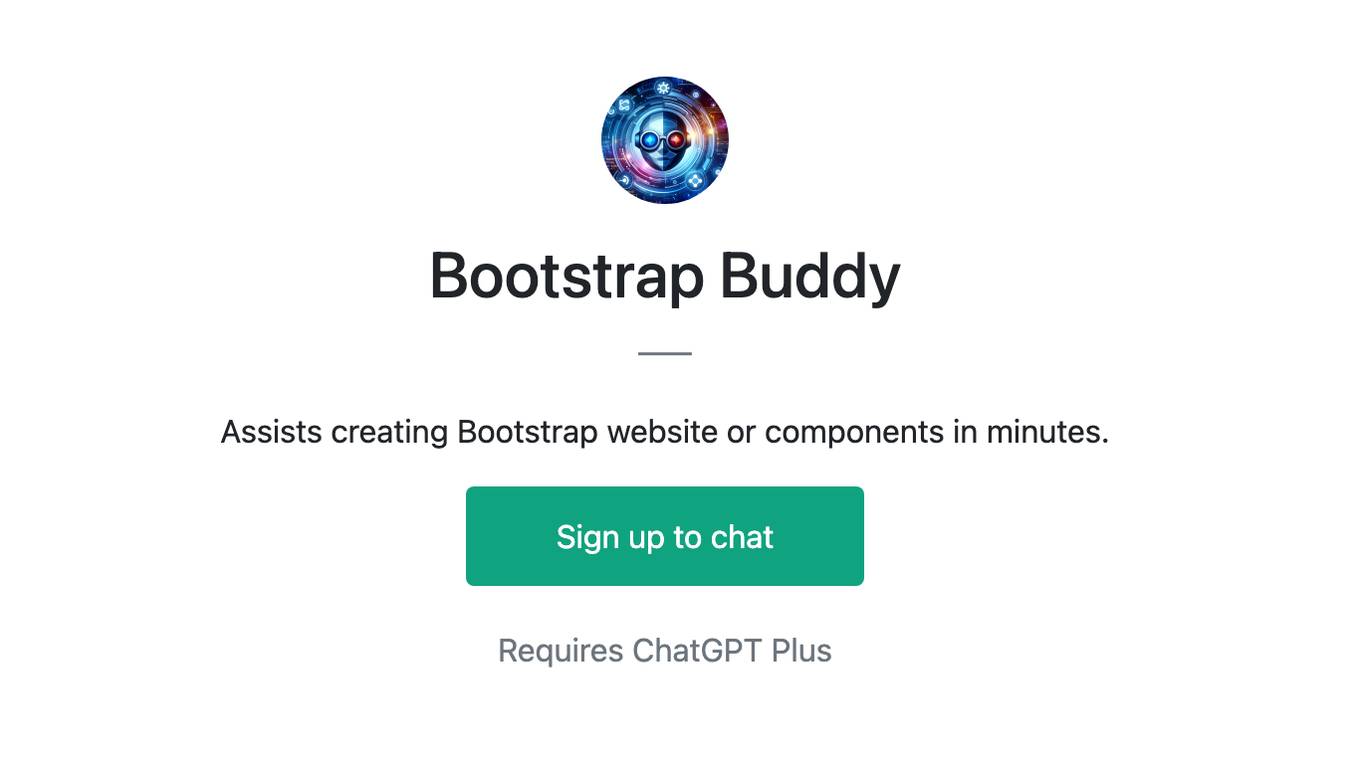Best AI tools for< Bootstrap Repository Layout >
4 - AI tool Sites
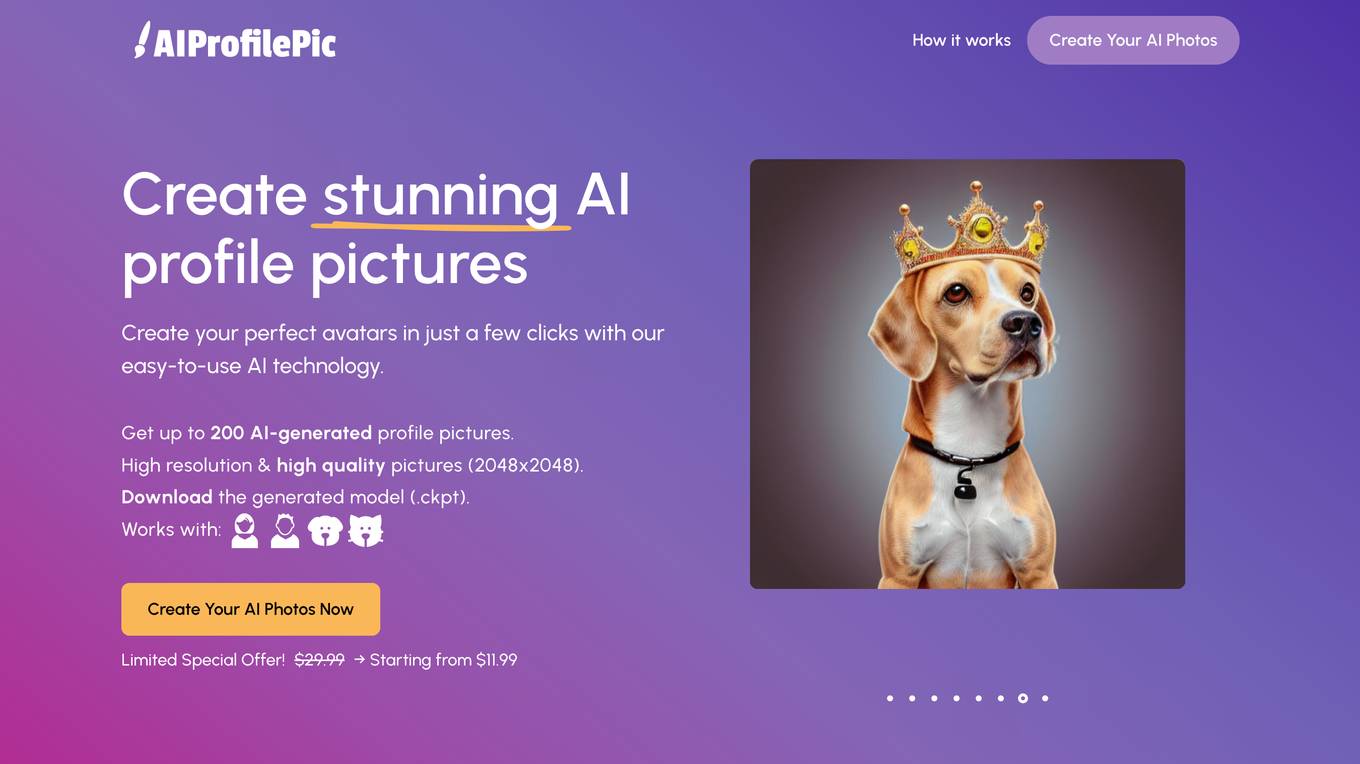
AIProfilePic.art
AIProfilePic.art is an AI-powered tool that allows users to create stunning profile pictures using their own photos. With just a few clicks, users can generate up to 200 high-resolution, high-quality profile pictures in a variety of art styles. AIProfilePic.art uses a unique approach to avatar creation by combining the power of AI along with AI-backed quality control systems. This ensures that every photo produced goes through a process of quality checks, thus minimizing the chances of unusable avatars.

Fe/male Switch
Fe/male Switch is a women-first startup game that offers a browser-based startup simulator experience. Players can assemble a team, create a startup with an investor and mentor, gain startup experience, win prizes, and get funded. The game aims to help individuals build their first startup, validate ideas, and overcome startup challenges. It provides a platform for aspiring entrepreneurs to test their entrepreneurial potential and learn essential business skills in a risk-free environment. Fe/male Switch features a unique Gamepreneurship methodology, AI co-founder support, and educational resources to guide players through the startup building process.
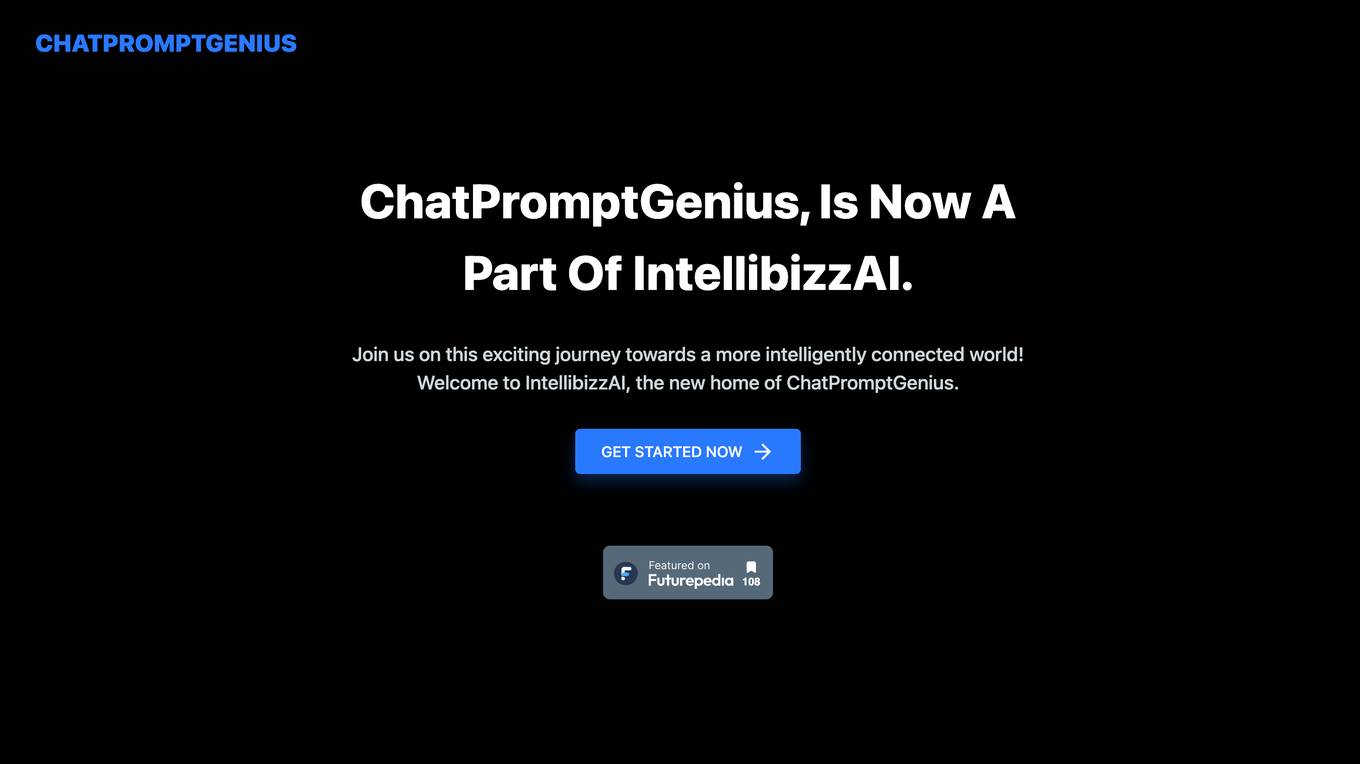
ChatPromptGenius
ChatPromptGenius is a tool that helps you generate creative and engaging content for your marketing and advertising campaigns. It uses artificial intelligence to analyze your target audience and create content that is tailored to their interests. ChatPromptGenius can help you create a variety of content, including social media posts, blog articles, website copy, and email campaigns.
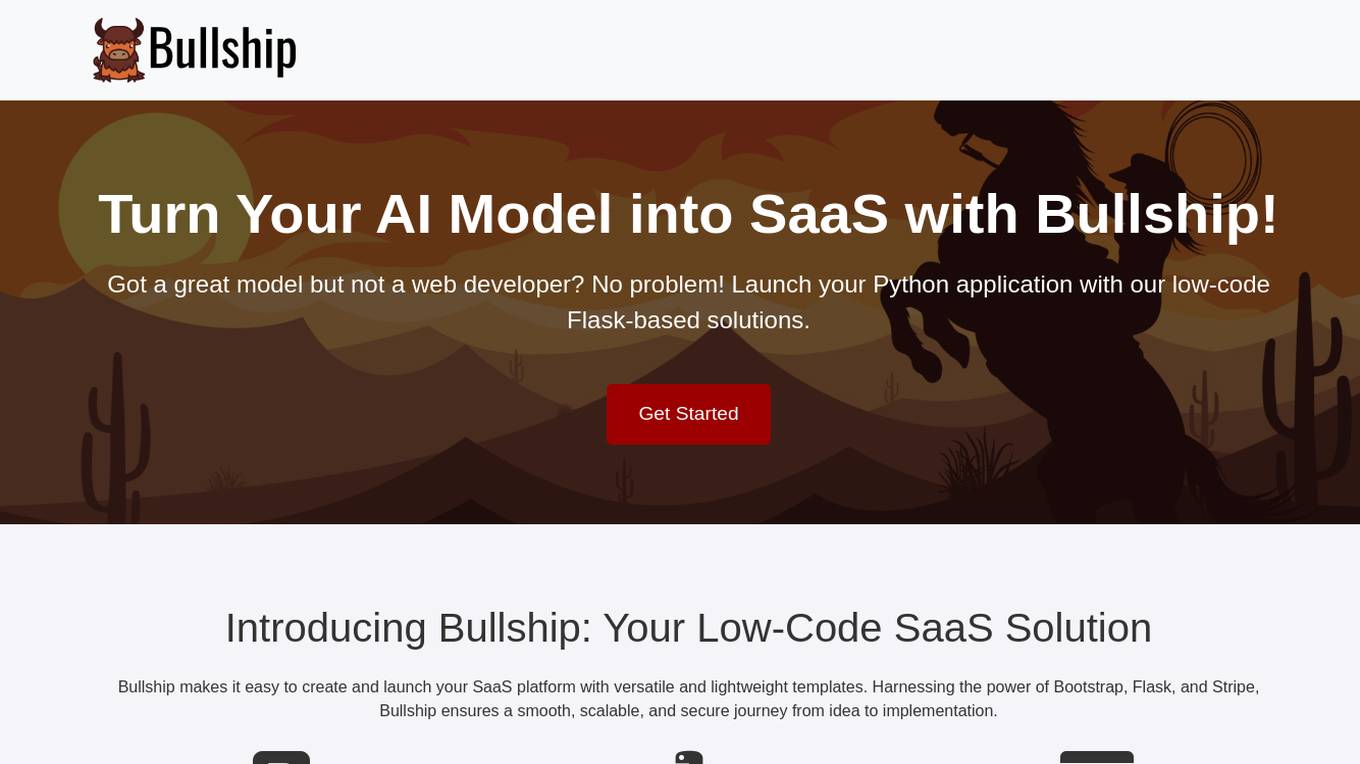
Bullship
Bullship is a low-code SaaS solution that helps users turn their AI models into scalable and secure web applications without the need for advanced web development skills. It offers versatile and lightweight templates powered by Bootstrap, Flask, and Stripe, allowing users to easily create, customize, and launch their SaaS platforms. Bullship aims to streamline the process of deploying AI models and Python scripts as web applications, providing a smooth and efficient journey from idea to implementation.
1 - Open Source AI Tools
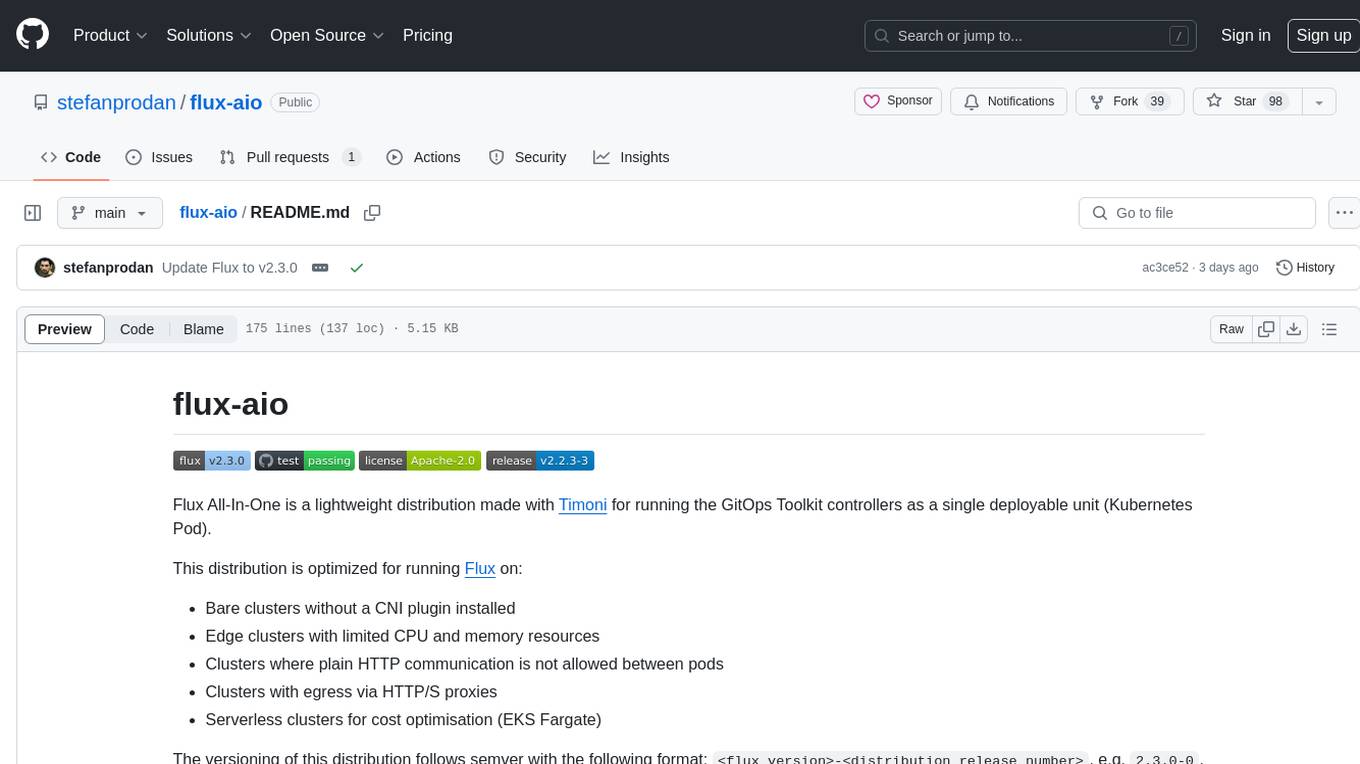
flux-aio
Flux All-In-One is a lightweight distribution optimized for running the GitOps Toolkit controllers as a single deployable unit on Kubernetes clusters. It is designed for bare clusters, edge clusters, clusters with restricted communication, clusters with egress via proxies, and serverless clusters. The distribution follows semver versioning and provides documentation for specifications, installation, upgrade, OCI sync configuration, Git sync configuration, and multi-tenancy configuration. Users can deploy Flux using Timoni CLI and a Timoni Bundle file, fine-tune installation options, sync from public Git repositories, bootstrap repositories, and uninstall Flux without affecting reconciled workloads.
5 - OpenAI Gpts
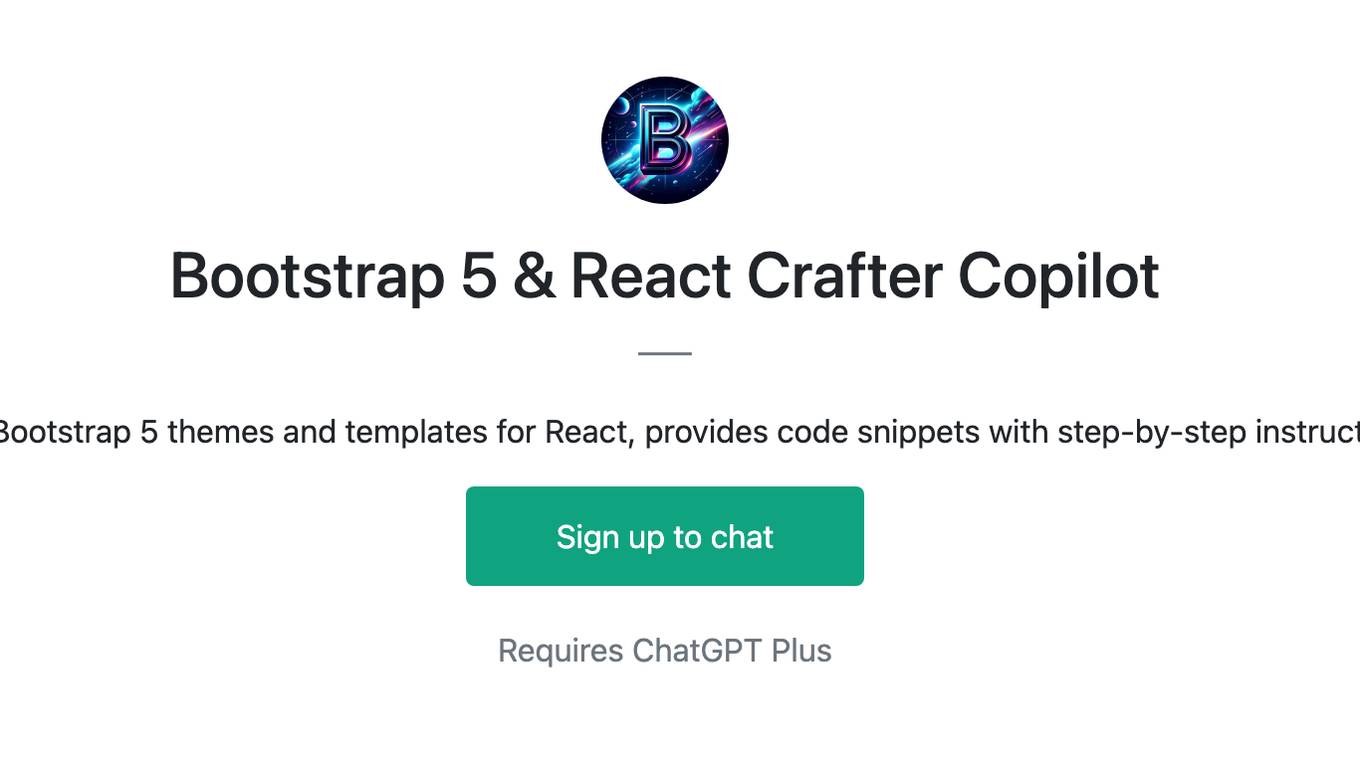
Bootstrap 5 & React Crafter Copilot
Guides on Bootstrap 5 themes and templates for React, provides code snippets with step-by-step instructions. v1.1
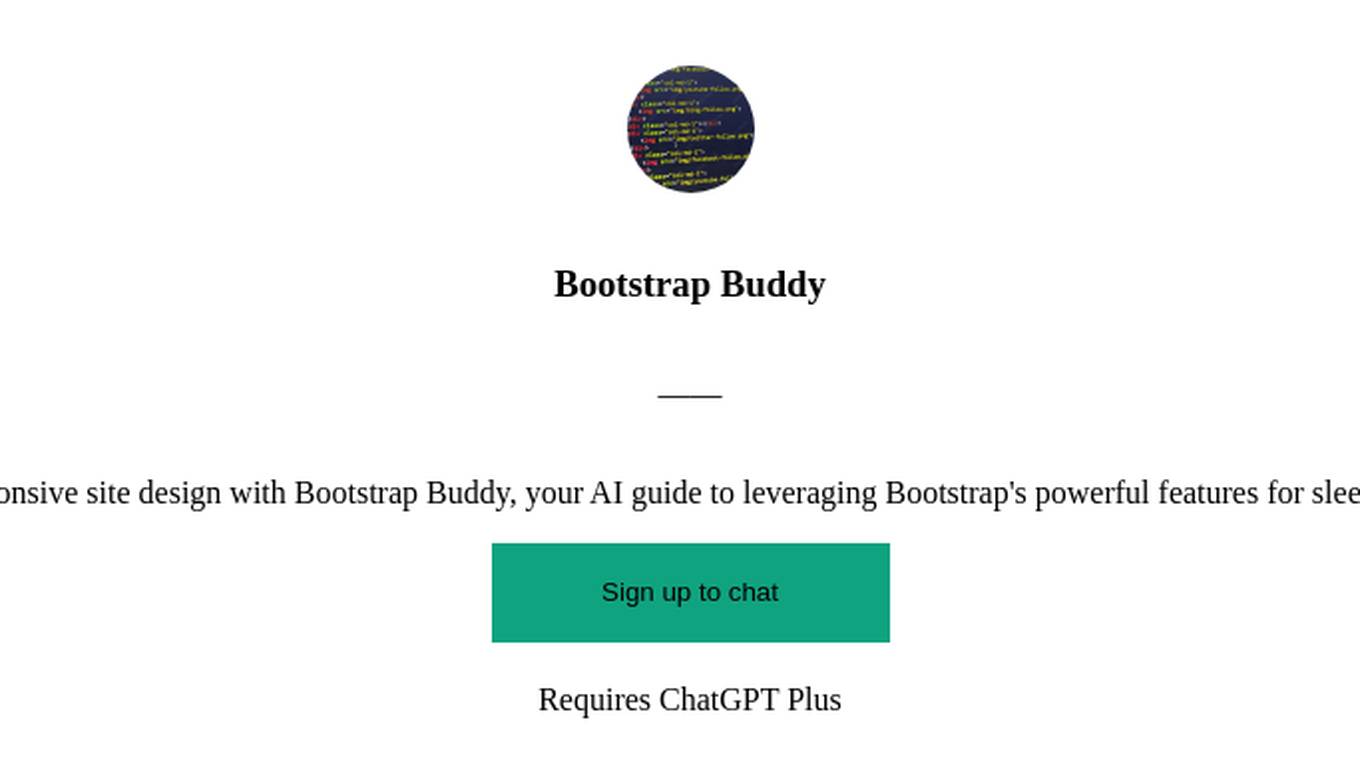
Bootstrap Buddy
Master responsive site design with Bootstrap Buddy, your AI guide to leveraging Bootstrap's powerful features for sleek websites. 📐💻
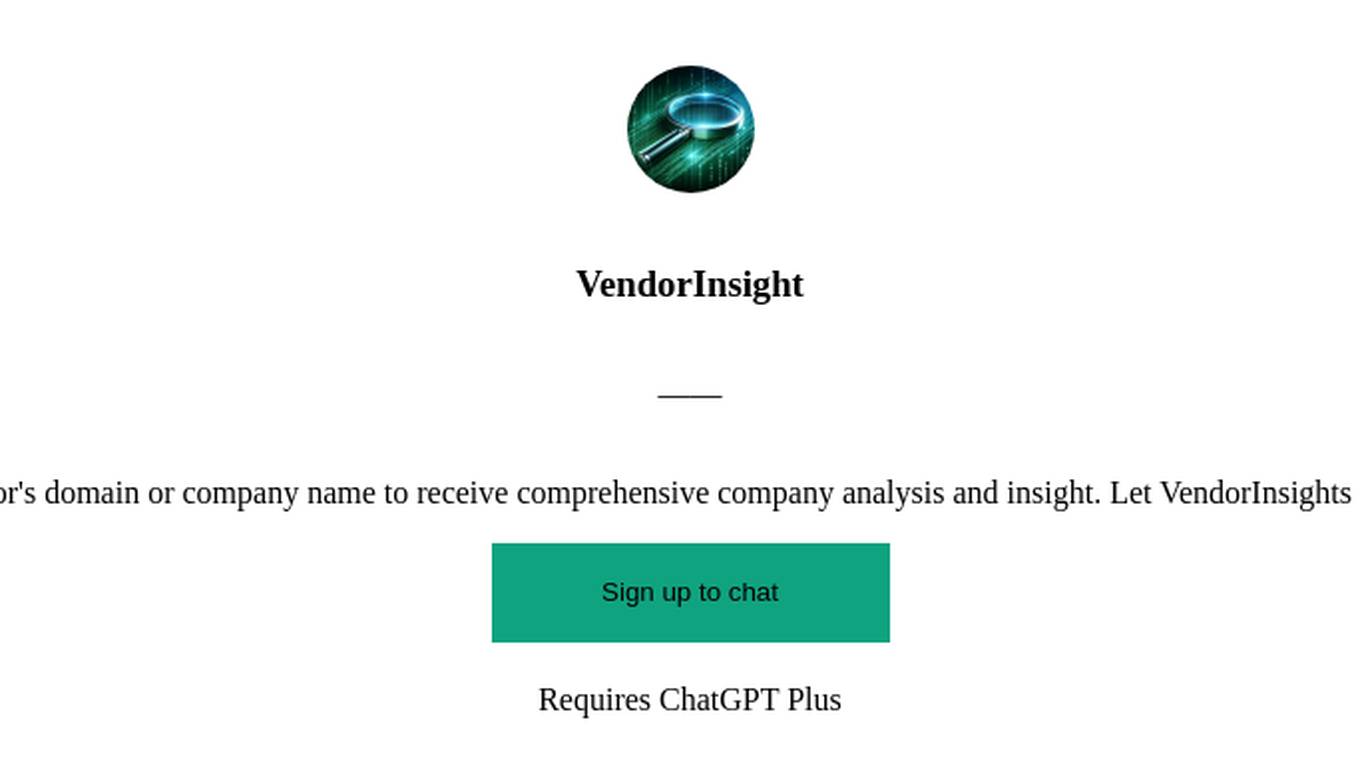
VendorInsight
Enter a software vendor's domain or company name to receive comprehensive company analysis and insight. Let VendorInsights bootstrap your research.
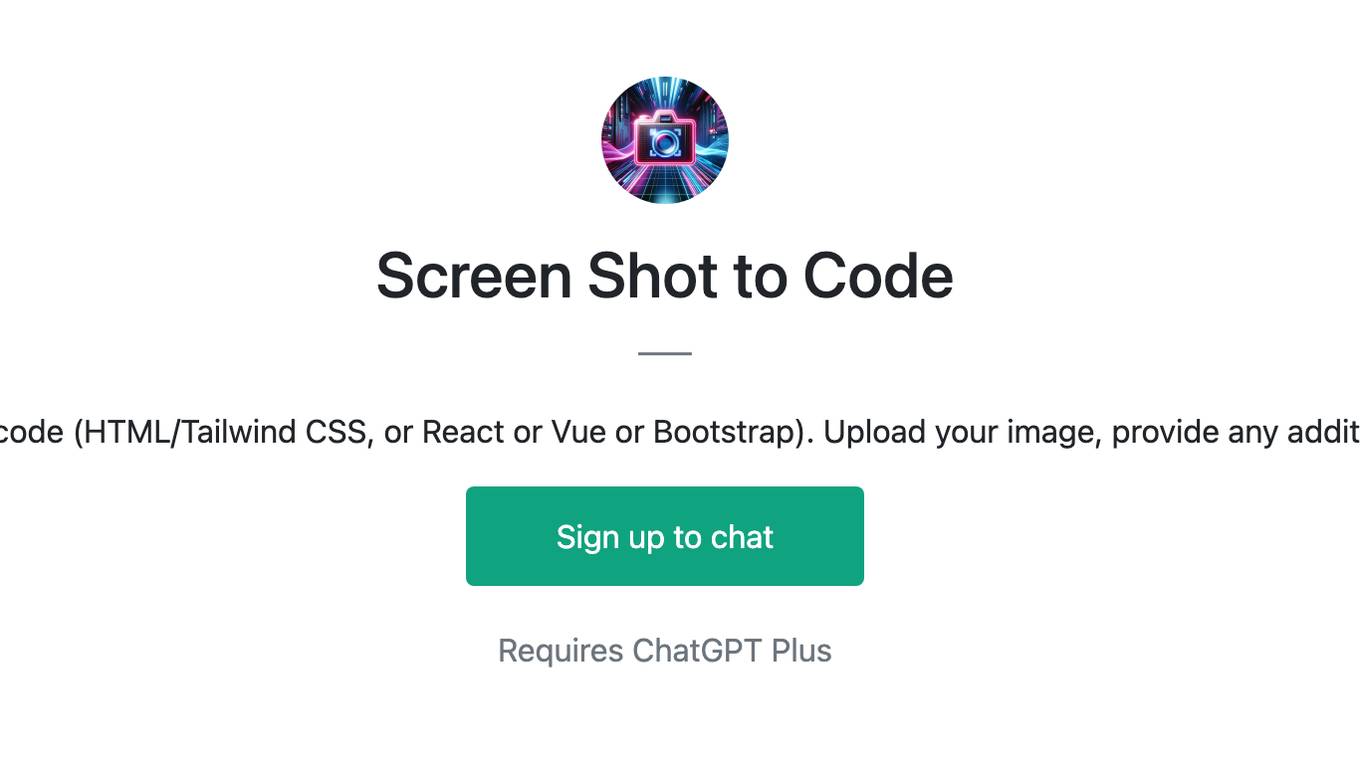
Screen Shot to Code
This simple app converts a screenshot to code (HTML/Tailwind CSS, or React or Vue or Bootstrap). Upload your image, provide any additional instructions and say "Make it real!"
